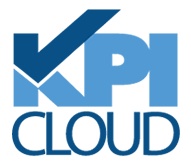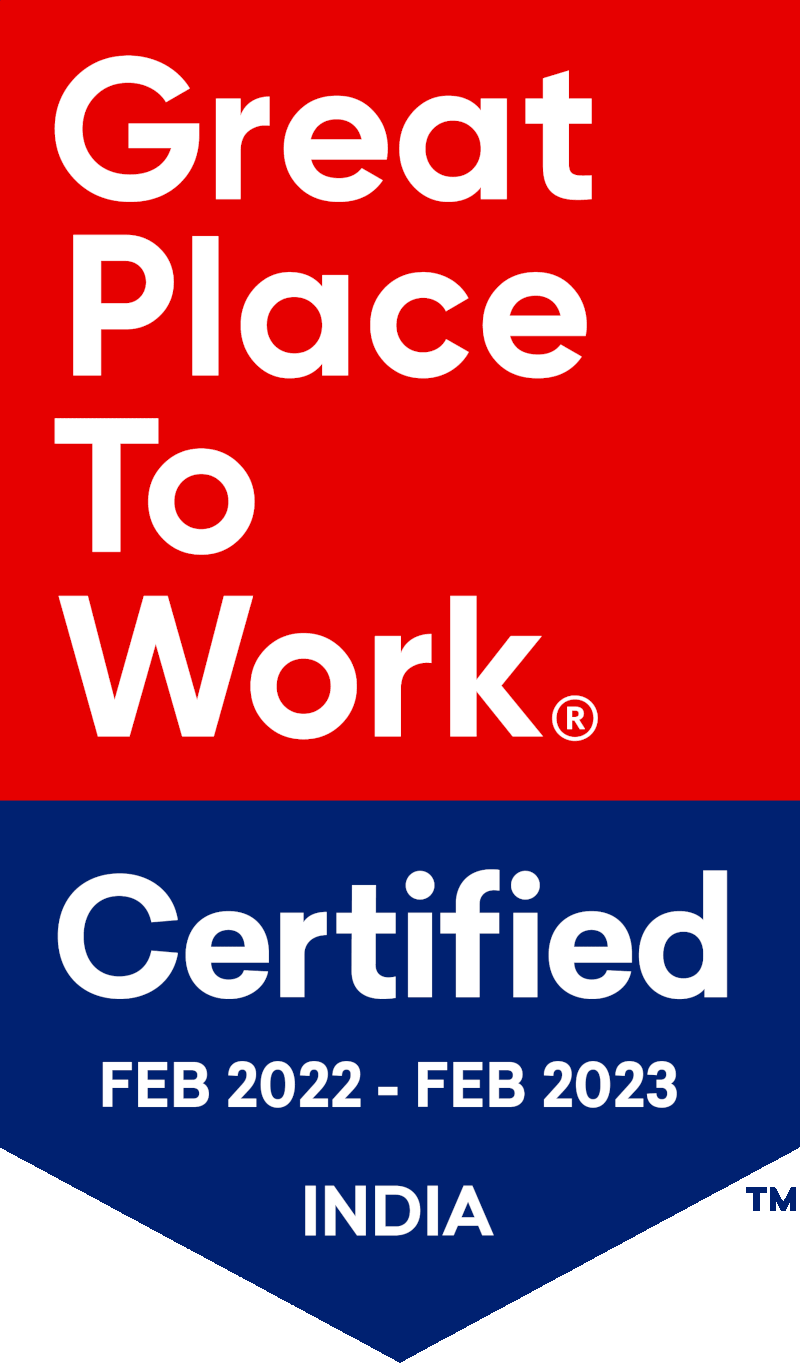by Myles Gilsenan
With many technology options available and the degree of complexity involved in the related business processes, it can be difficult to define an efficient architecture for enterprise management reporting across the organization. This article outlines some best practices for enterprise management reporting.
First let’s define Enterprise Management Reporting:
- top of the organization, across all business lines
- for consumption by senior/global business leadership, executive committees, the board
- includes consolidations and eliminations
- incorporates allocations (including funds transfer pricing in banking)
- includes comparison to budget and forecast
- includes current and historical information (current year and prior year at minimum)
- includes all effects of currency translation
- typically produced in the global reporting currency of the organization
- provides ‘above the line’ and ‘below the line’ profitability by key dimensions beyond financial account grouping (Eg product, customer, geography, sales channel)
- includes balance sheet reporting
- includes key performance indicators (KPI’s) and appropriate financial ratios
- reconciles to externally published financial statements
- is the ‘springboard’ for detailed analysis that typically occurs in business units.
The main differentiator of these requirements and other business intelligence (BI) requirements is that the ‘data set’ for this type of reporting requires information from every entity in the organization – no matter how small or far flung. No entity can be ignored due to ‘materiality’ considerations.
Given this definition and these requirements, there are certain best practices that have emerged to optimize this process and the related reporting and analysis. They are as follows:
- Single, global Chart of Accounts (COA) at the operational General Ledger (GL) level (i.e. When journal entries are posted to the GL anywhere in the world, they should be using a common COA)
- Maintain linkage between internal Management Reporting and External Financial Statements – these two views should be reconciled in an automated way – ‘management reporting adjustments’ should be made with awareness of legal entity impact
- Separate application functionality from reporting in the architecture – allocations, consolidations, budgeting, scenario modelling require purpose built applications and such applications are not global reporting platforms
- Know your audience
- Don’t boil the ocean – not too many calculations and not too much detail in the Enterprise Reporting Architecture
- Standardize performance measurements and metrics globally
- Single version of the truth
- Determine common granularity for budget, forecast, actual
- Maintain pre allocated and post allocated views
- Allow drill down to operational GL level from ‘enterprise analysis’ level
- Maintain budget, forecast, actuals with and without allocations
- Eliminate intercompany revenue and expense through reporting filters in the MIS warehouse
- Source consolidations data from GL’s vs the Enterprise MIS Warehouse
- Minimize ‘MIS only’ adjustments in the Enterprise MIS warehouse – push such adjustments back to the transaction processing source systems
- Transparent rules and driver volumes for allocations
- Consider soft close for early preview of results
- Provide access to senior management in most useful and ‘likely to be used’ form
- Enterprise MIS warehouse can source directly from transaction processing systems but must be reconciled to the GL
- Provide a bridge to detailed LOB data marts (common dimensions in the marts)
- Detailed LOB data marts are reconciled to the Enterprise MIS warehouse.
 |
Myles Gilsenan is a Practice Director at KPI Partners. He is a business intelligence professional highly skilled at managing large-scale global information technology programs. Find out more about Myles on our leadership page or check out Myles' blog at KPIPartners.com. |




